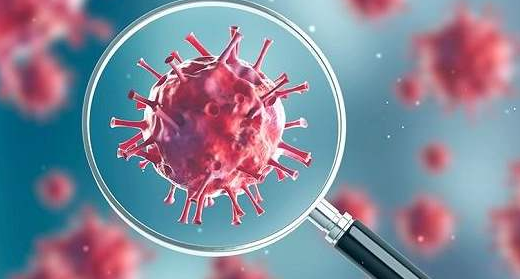The resource utilization of sludge in the epidemic has always been a bottleneck. There are two key influencing factors: one is that the content of heavy metals in the sludge is unstable and may exceed the standard; the other is that the content of antibiotics in the sludge is relatively high. In fact, this third influencing factor still exists in sludge: microplastics.
The first is recognized by everyone. Due to the wide range and uncertainty of sewage sources, the content and types of heavy metals have obvious risks to the use of sludge land. This makes the policy for sludge agricultural use in the country unable to pass. Both limit the agricultural use of sludge—it has always been considered the best resource utilization direction of sludge, which can make full use of N, P, and Ka. However, it is also due to the prevention of heavy metals from the use of sludge land that the hazards of antibiotics and microplastics on land use have been paid attention to. Otherwise, these two unforeseen long-term hazards will be overshadowed by the short-term benefits of a large amount of sludge land use .
The risks of antibiotics and microplastics have been mentioned in few people in recent years. This is because the content of sludge is relatively small, but the characteristics of its accumulation in the human body are the same as those of heavy metals, and it also brings diseases to the human body. The uncertainty is much higher than that of heavy metals. Therefore, for some non-industrial cities’ sludge, composting and other land-use resourceization processes, the potential risks of antibiotics and microplastics poisoning the land cannot be avoided. China has always been the country with the largest per capita use of antibiotics, and the per capita use is 5 times that of the West. After passing through the digestive system and urinary system, it enters the sewage treatment plant. The sludge has the highest enrichment; the microplastics in the sewage plant sludge The main source is domestic washing sewage, which then enters the sewage treatment plant. Most of it is retained in the sludge due to the adsorption characteristics of the biochemical sludge, and some is discharged with the factory water. Therefore, antibiotics and microplastics can be directly absorbed and accumulated by plants after the sludge land is used, and finally enter the human food chain.
China has a large population and dense population, and the iterative spread of pollutants should be strictly controlled. Therefore, the resource utilization of sludge should be developed in the direction of biomass fuel. Through the sludge pyrolysis carbonization process, the pollution of heavy metals, antibiotics and microplastics is stopped here.



